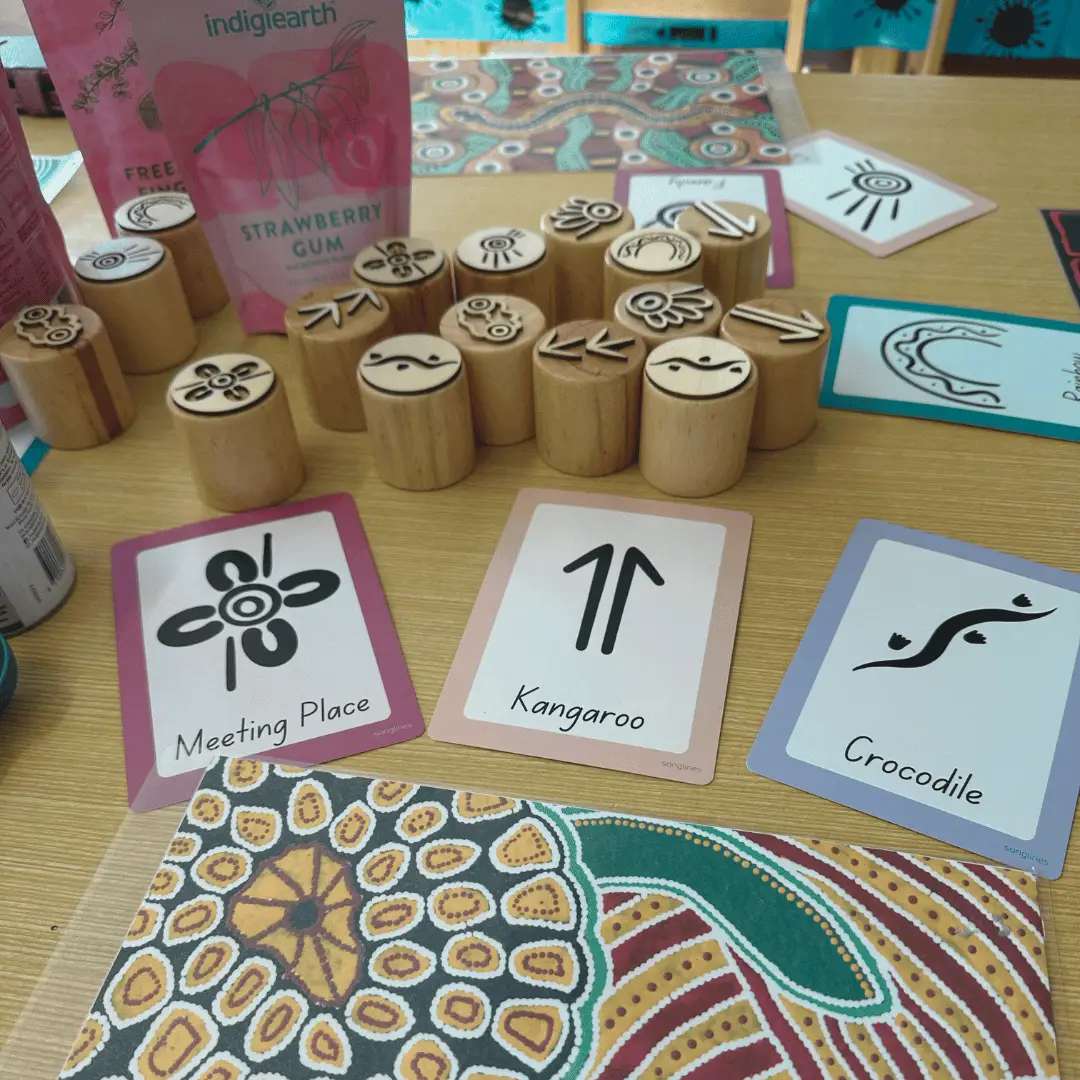
Playdough is the perfect medium for preschoolers’ to explorator their creativity, with their intrinsic curiosity and enjoyment for hands-on activities. Imagine mixing playdough’s delights with the alluring tastes and aromas of natural Australian bush tucker plants like Davidson Plum and Lemon Myrtle. We’ll explore the amazing realm of sensory play in this blog post and demonstrate how to make handmade playdough that has been infused with the colourful essence of these distinctive Australian botanical’s. Additionally, we included the Japily Symbol Stamps & Flashcards to give another layer of educational enjoyment and introduce and enhance children’s understanding of Aboriginal peoples use of symbols.


A Taste and Smell of Native Flavours
Indigenous communities use a wide variety of plants for a range of uses including medicine, artwork, tools and clothing and of course for food. With their deep purple colour and tart flavour, Davidson Plum, a native to the rainforests of Norther NSW and Southern QLD, it is renowned for its high levels of antioxidants and are traditionally used for medicinal purposes.
Lemon Myrtle, renowned for its refreshing citrusy fragrance, traditionally leaves are wrapped in paperbark to flavour fish when cooking. Leaves are also used to treat headaches by crushing and inhaling the scent, and used as an insect repellent when burned on the campfire. These two bush tucker plants gave our sensory playdough a hint of Australia’s natural splendours. By utilising these local plants, we not only stimulate children’s senses, but also promote an appreciation for traditional uses and flora of the nation.
The Magic of Sensory Play
Sensory play is an essential aspect of a preschooler’s development, allowing them to engage their senses and explore the world around them. We included Australian bush tucker plants into the playdough to produce a multimodal effect that engages touch, sight, and scent. Children can fully engross themselves in the smells, colours, and textures, developing their inventiveness, dexterity, and sensory awareness.
Aboriginal Symbol Stamps & Flashcards are used to further deepen the learning in this sensory play experience. Traditional Indigenous symbols that have deep cultural significance are featured on the natural wooden symbol stamps and flashcards. Having the flashcards allows both educator and children to understand the meaning of each symbol and to have connected conversations about the symbols and their uses. It was such a rich experience for us all, sitting and yarning, listening to the stories they created in dough using the symbol stamps. We heard stories of a family sitting around waterholes with Kangaroo’s and Emu’s coming to visit them, and of Crocodiles visiting meeting places to talk with other animals.


Sensydough
It’s enjoyable and easy to make homemade playdough that has been mixed with Davidson Plum and Lemon Myrtle. A basic playdough recipe that includes flour, salt, cream of tartar, coconut oil, and water is a good place to start. Including the children in the process allows for the development of mathematical concepts such as measurement. Split the dough in half and add a teaspoon of Davidson Plum powder for a lovely pinky-purple hue (make sure you taste the powder to try its tart flavour), we used Indigiearth’s freeze-dried Davidson Plum Powder. In the other half we added a few drops of Lemon Myrtle essential oil for a pleasant zesty aroma to the dough. Playdough that perfectly embodies the Australian bush is the end result, with children enjoying taking in the sights, smells and feels of native plants.
Sign up to be the first to know about new products and blog posts and get exclusive discount codes.

We acknowledge and pay our respects to the Minjungbal People of the Bundjalung Nation, the Traditional Custodians of the beautiful land and waterways on which we live and work.
Always was. Always will be Aboriginal land.
Copyright © Songlines Art, Culture, Education.
We acknowledge and pay our respects to the people of the Bundjalung Nation, the Traditional Custodians of the beautiful land and waterways on which we live and work.
Always was. Always will be Aboriginal land.
